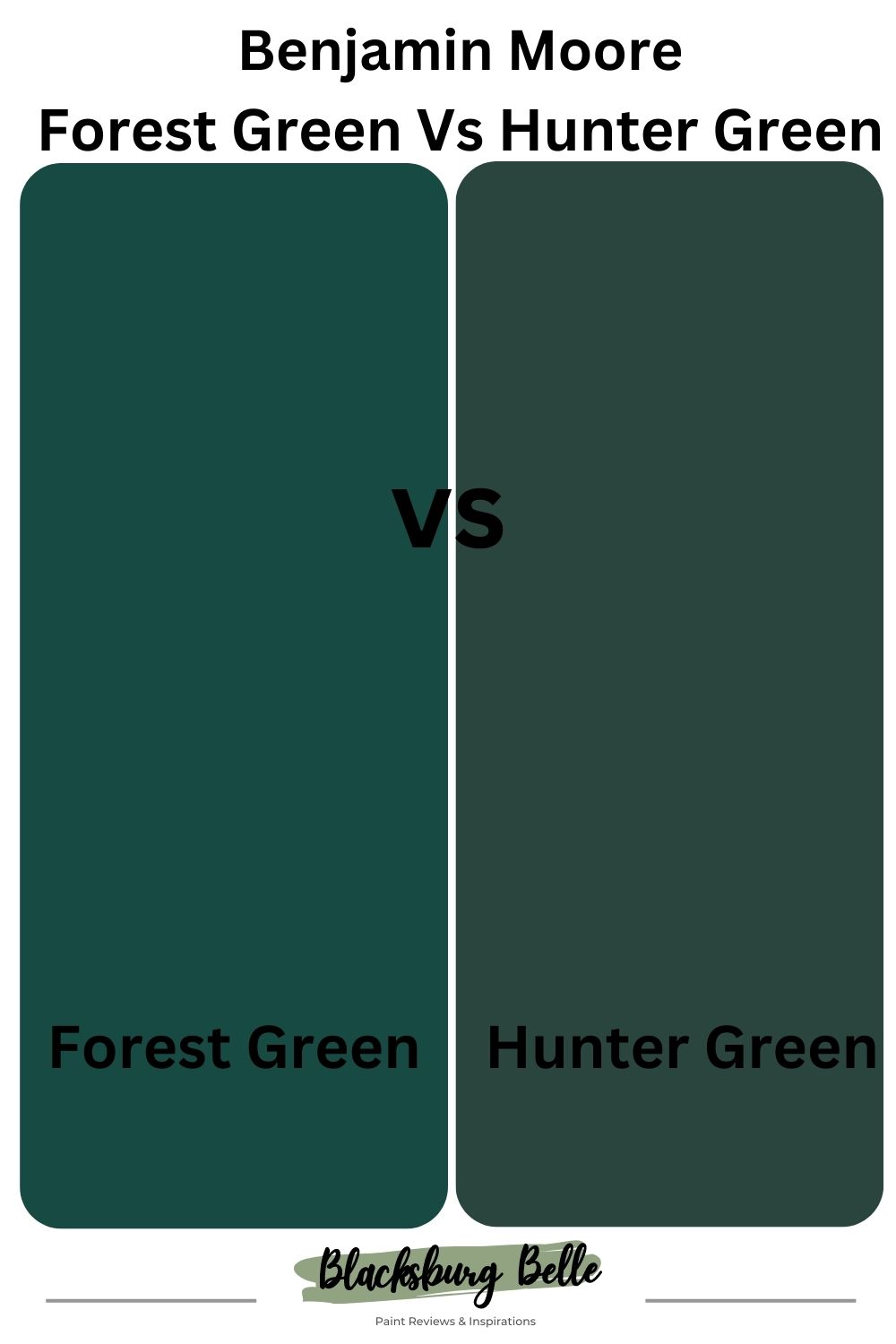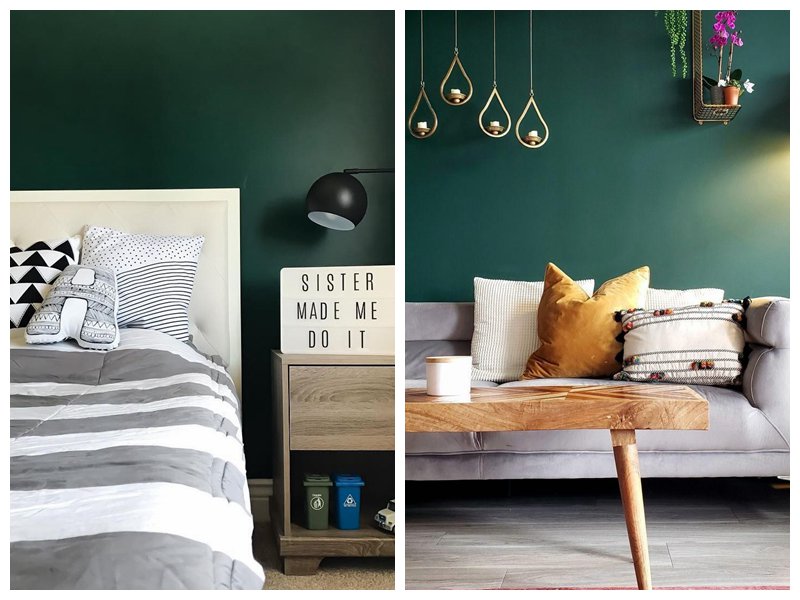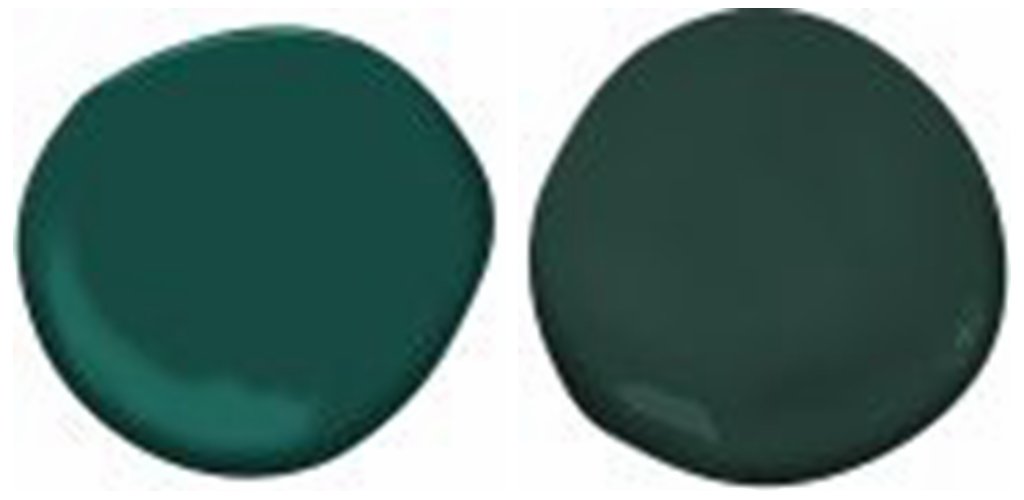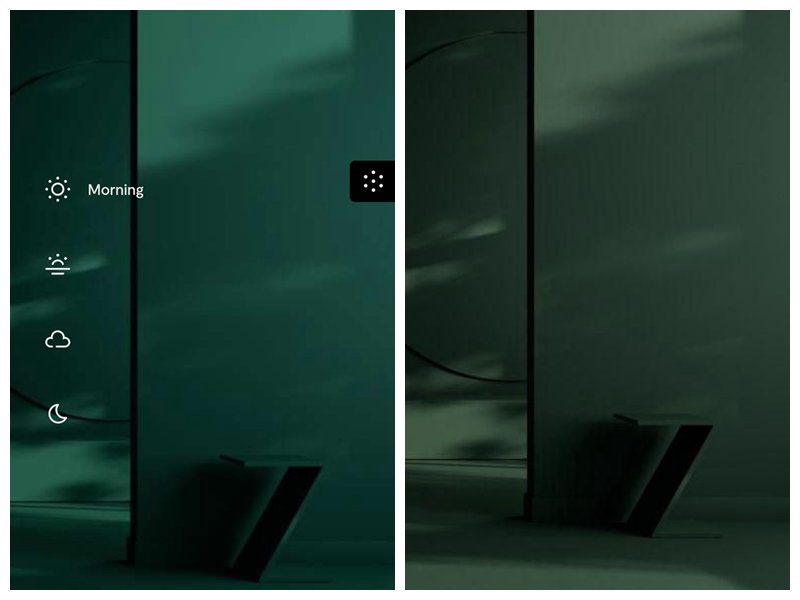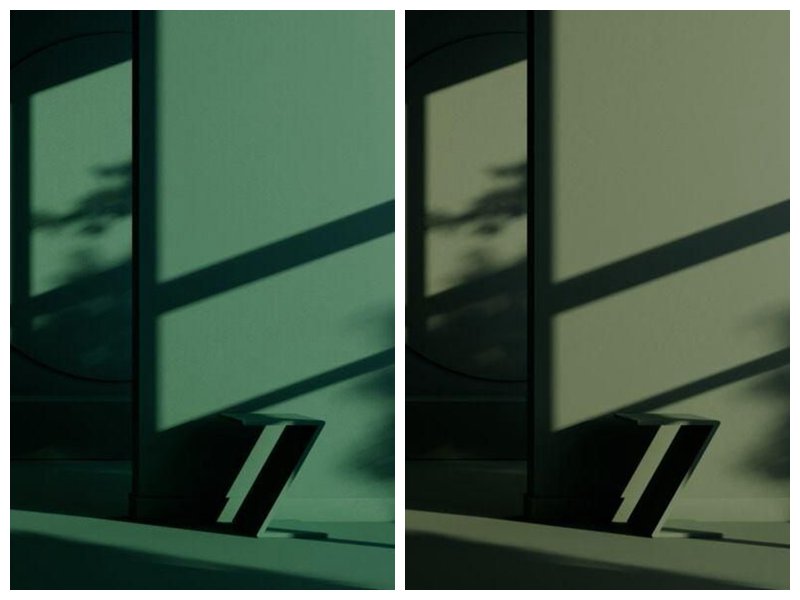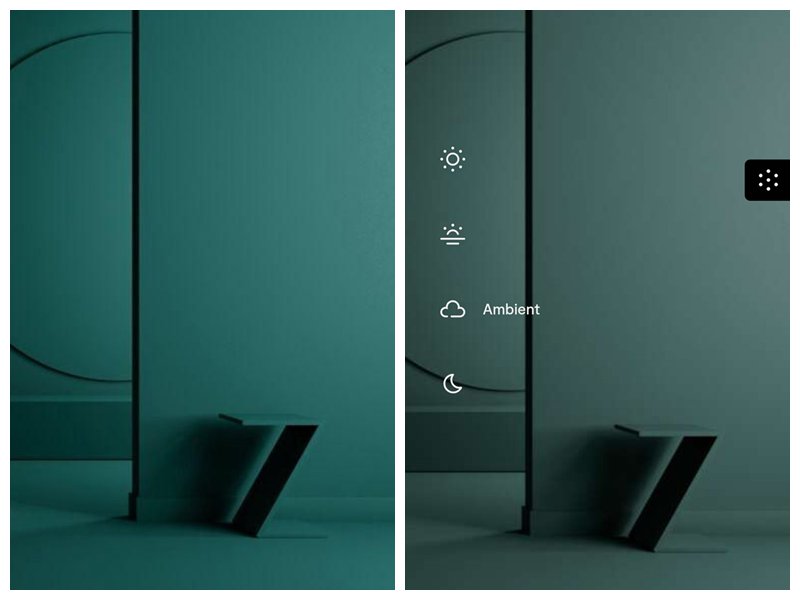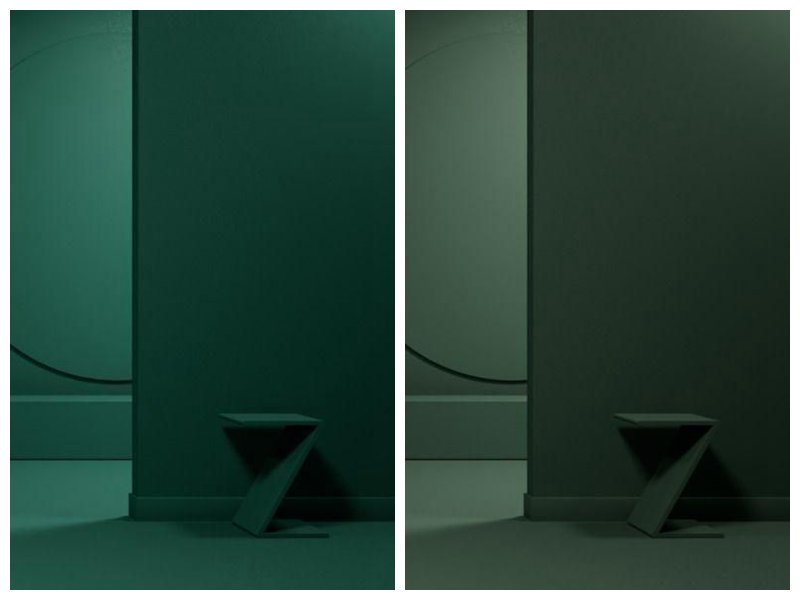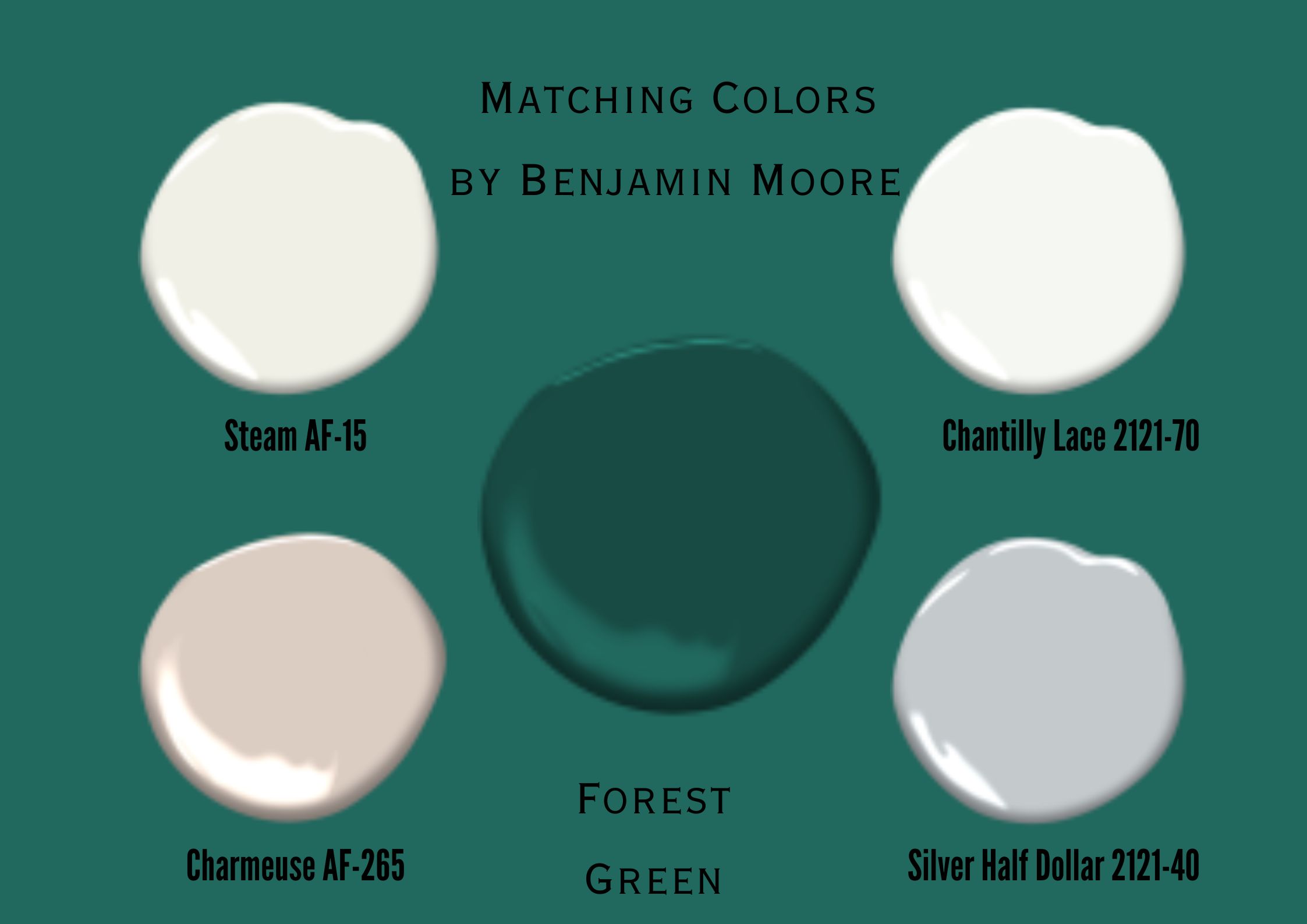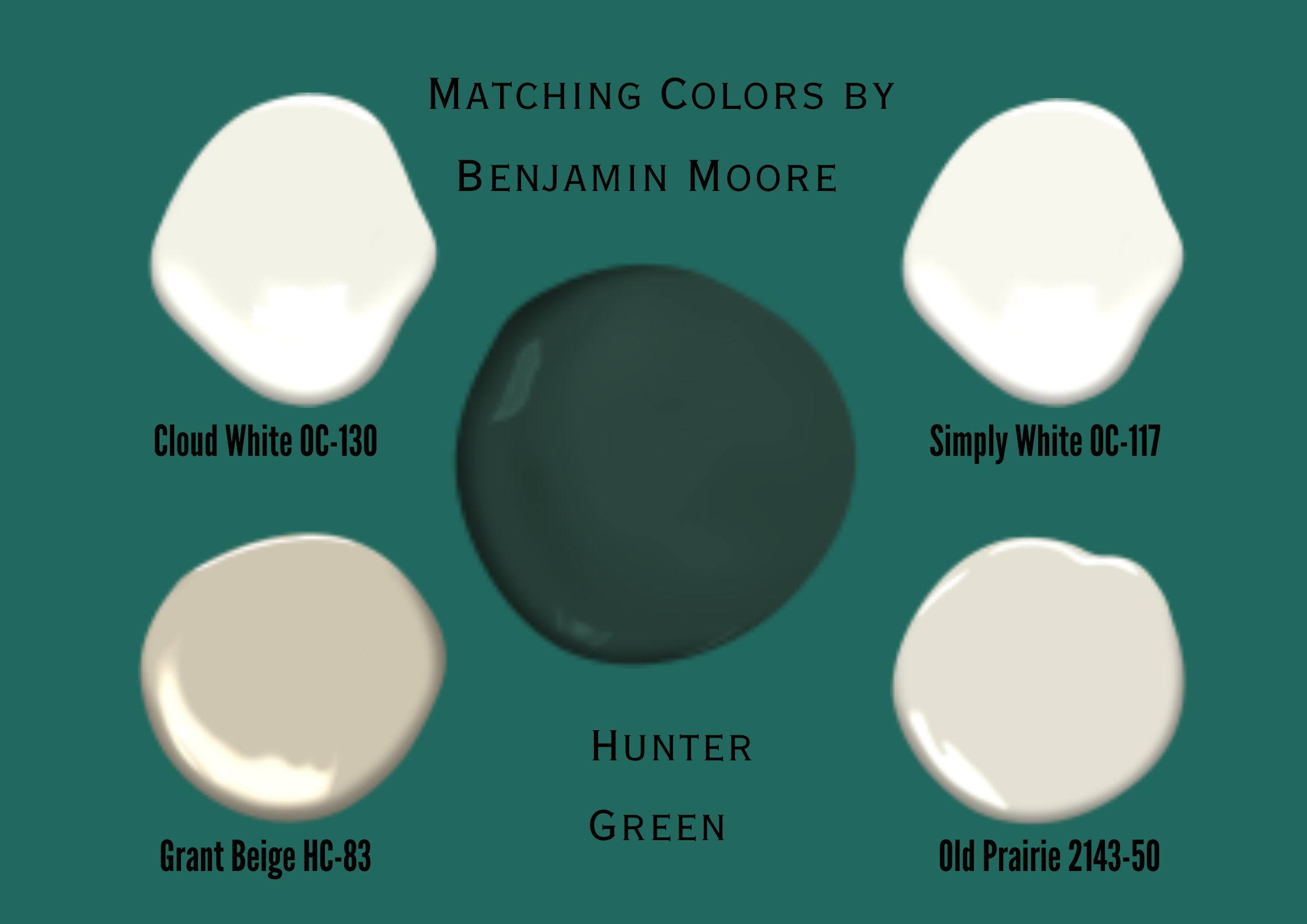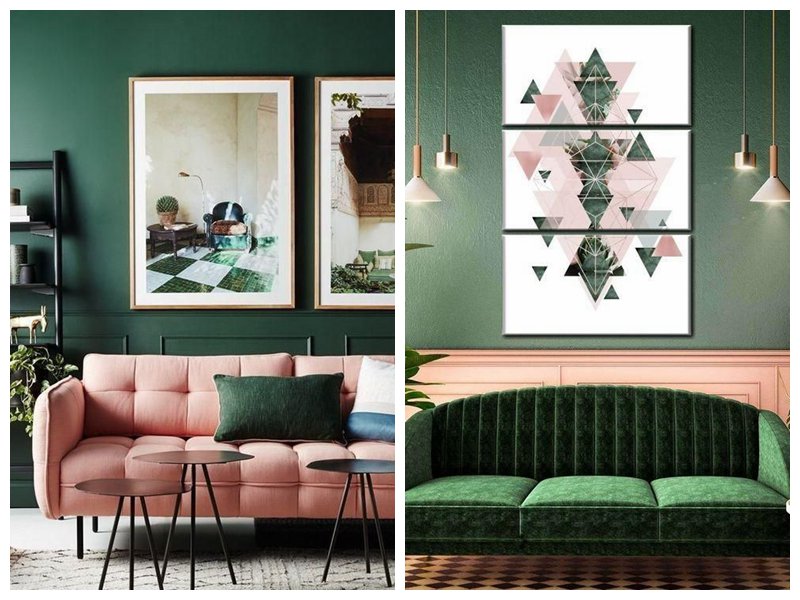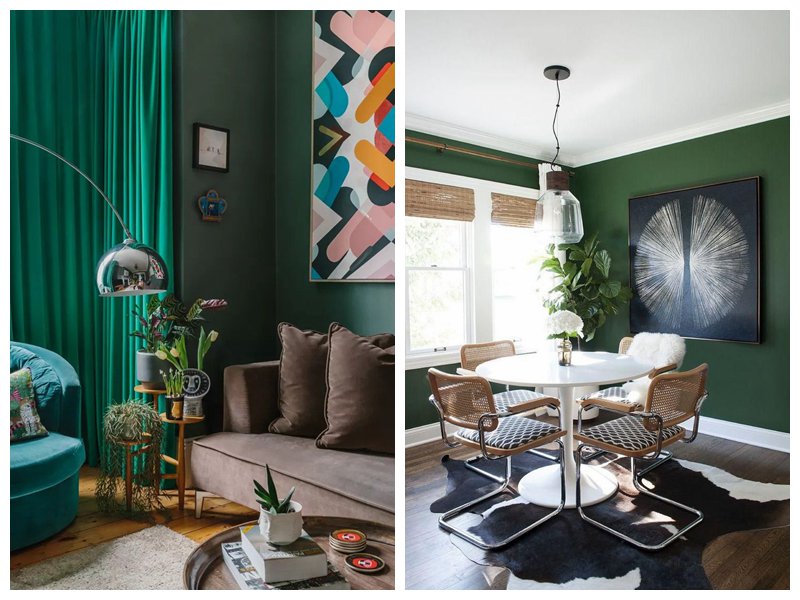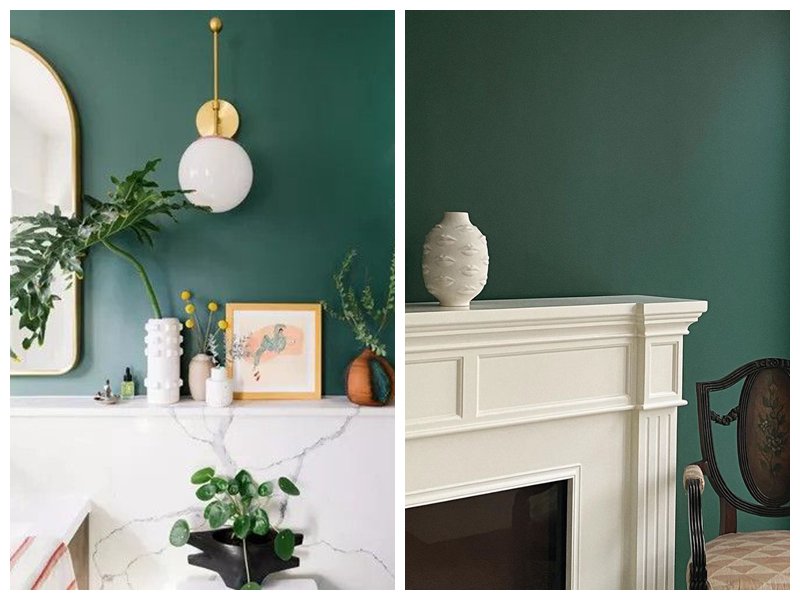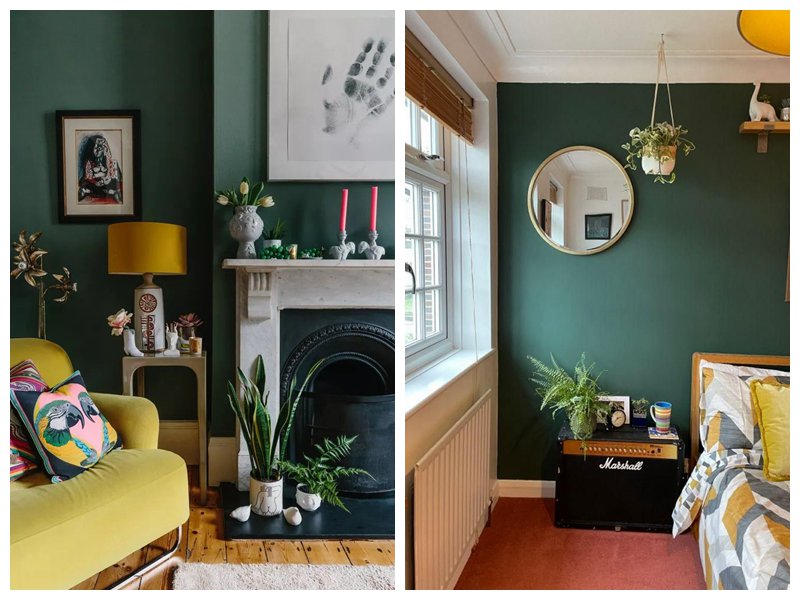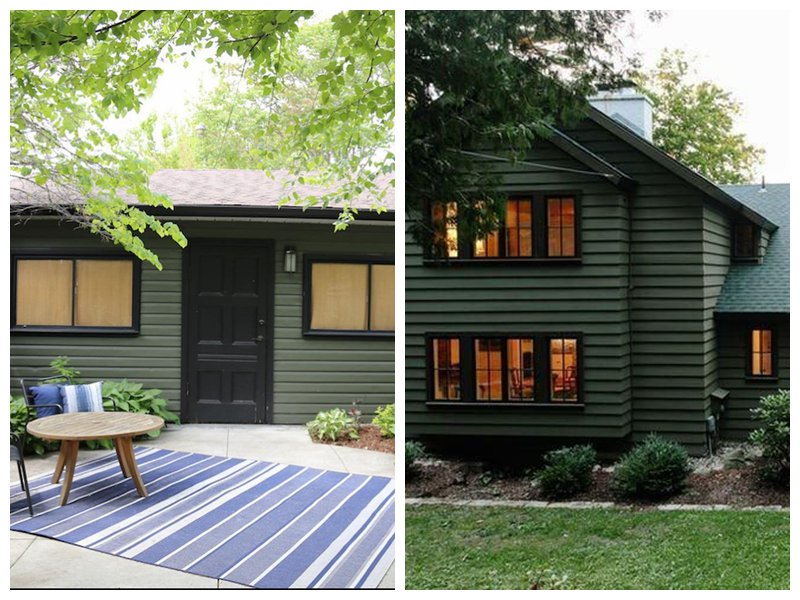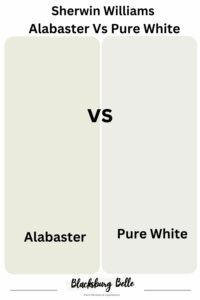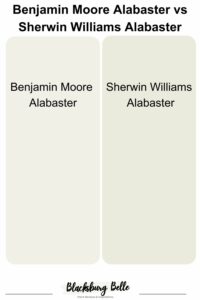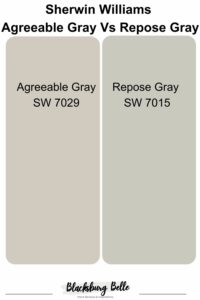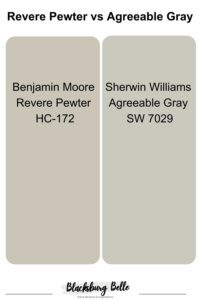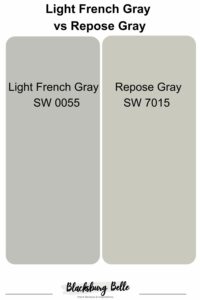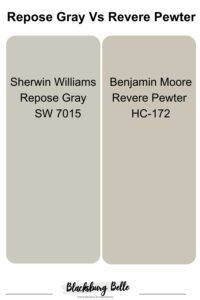Green is a brave, adventurous, energetic, and exotic color. As an active participant in nature’s palette, Green is one of the most beautiful colors one can have in a home. Two popular choices are Forest Green vs Hunter Green from Benjamin Moore’s Collection.
You might be in that place of confusion, finding it hard to choose one over the other. Forest Green is lighter with a cooler tone than Hunter Green. The former has blue undertones while the latter, green.
So you see, they are different! If you’re still not convinced, don’t worry and continue reading. We will closely examine both shades of green and compare them side-by-side to show you their differences in real spaces.
Table of Contents
Forest Green Vs Hunter Green
Left- Forest Green (Instagram) Right- Hunter Green (Pinterest )
The battle between these shades is quite head-to-head because you might be unable to tell them apart at first glance. People use Forest Green and Hunter Green interchangeably to describe one or the other shade of dark green.
However, Benjamin Moore has specific colors for each name which makes this more interesting. Although they overlap in many ways, some differences make them unique.
Forest Green 2047-10
Forest Green is a dark green color that, as the name implies, is similar to a forest’s natural hue. It is a bold and saturated color that ushers the crisp energy of nature into any space. There is a splash of blue in the mix, and it could look even teal under certain lighting.
Hunter Green 2041-10
Hunter Green is a best-selling color from Benjamin Moore that brings a feeling of tranquillity and strength into your space. It is a deep, dark shade of green with a blue-green tone. It is sometimes called military green since you can find it on the green camo clothes of the military.
What are the Similarities between Forest Green and Hunter Green?
Left- Forest Green (Benjamin Moore) Right- Hunter Green (Benjamin Moore?
Forest Green and Hunter Green are dark green colors from Benjamin Moore with a slight blue-green tone. You can find both of them in the forest.
Quick Comparison: Forest Green Vs Hunter Green
| Forest Green 2047-10 | Hunter Green 2041-10 | |
| RGB | 24,75,68 | 43,70,62 |
| LRV | 7.58 | 6.39 |
| Undertones | Blue undertones | Yellowish-green undertones |
| Hex Value | #184B44 | #2B463E |
Forest Green Vs Hunter Green RGB
Red, green, and blue are the three primary colors that make up any color. The values range from 0 to 255. These three colors are combined in different ways to form all the various shades of color.
The higher the values, the lighter the shade and the lower the values, the darker the shade. The red, green, and blue combination in Forest Green and Hunter Green are relatively low on the scale of 0 – 255, which makes them both dark shades of green.
R: Red has the lowest value in the make-up of Forest Green and Hunter Green, with 24 and 43, respectively. This means it has the lowest input in the making of these colors. But since it is lower in Forest Green, you can notice that the blend of Hunter green tilts more to the warm end.
G: Green has the highest percentage input, of course, with 75 and 70 in Forest Green and Hunter Green. This is the primary color in the mix, as the goal is to create shades of it and not something else. Hunter green is slightly darker and more profound than forest green with a lower G value.
B: Blue in both color are relatively high. It’s 68 in Forest Green and 62 in Hunter Green. This makes blue the second prominent color in both giving them a bluish tint. However, it stands out more in Forest Green because red is so low.
Forest Green has higher values of blue and green, making it a deep green color with a blue tint but low red. This low red value makes it cool and crisp. In contrast, Hunter Green has a higher red value and slightly lower values for blue and green making it a warmer deep green.
Forest Green Vs Hunter Green LRV
The LRVs for Forest Green and Hunter Green are 7.58 and 6.39, which are very low values on a scale of 0 – 100. LRV is the Light Reflectance Value or how much light a surface can reflect or absorb. 0 is absolute black, and 100 is absolute white, in theory.
Since Forest Green and Hunter Green have such low values, it shows that they are very dark colors. Dark colors absorb more light and heat than lighter colors.
Spaces painted with dark colors require more artificial lighting and less heating energy, depending on the environment.
Consequently, Hunter Green will slightly absorb more light than Forest Green since its LRV is lower. This implies that it will also need more lighting (artificial or natural) when used in a space to light it up, compared to Forest Green.
Forest Green Vs Hunter Green Undertones
Unlike the mass tone, the undertone is slightly more difficult to spot and identify when you look at a color.
The underlying colour differentiates it from similar hours in its color family. They largely impact how your room looks and feels and determine the direction of your decor.
Forest Green and Hunter Green have blue undertones, but it is more in the former due to its low red value. This implies that Forest Green is a cool color. The cool, blue undertones make the atmosphere in your room fresh and soothing.
Hunter Green has a yellowish undertone which makes it a warmer color than Forest Green. With a warm, yellowish undertone, Hunter Green makes a room feel cozy and energetic.
Relationship With Lighting
Benjamin Moore was thoughtful enough to express how their paint colors change in different lighting conditions:
Morning
In the morning sun, both Forest and Hunter Greens maintain their normal hue but the non-yellow sun rays lighten the color so the space looks brighter.
Afternoon
The fiery afternoon sunlight slightly warms up both colors. This makes the green undertone of Forest Green shine through while the yellowish tone of Hunter Green is more vivid and warm.
Ambient
Under ambient lighting conditions, where the only available and balanced (light coming from all directions), both paint colors look lighter. Hunter Green looks more subdued and fades towards yellow. Forest Green is lighter with a balanced green-blue tint.
At Night
At night, both colors are in their original shade.
Left- Forest Green (Benjamin Moore) Right- Hunter Green (Benjamin Moore)
In South-facing rooms, a cool, dark green color will be great to equal out the strength of the intense natural light flooding in. However, using too much of this color will be overwhelming, so it is best you use it as a feature wall. Forest Green will be better for a South-facing room.
North-facing rooms receive a lot of cool light that throws in blue hues. They have a calm and cold ambience that you might need to balance with a warm, earthy color. Therefore, with its yellow undertones, Hunter Green will be a perfect fit to warm up a North-facing room.
East-facing rooms experience a different lighting hue depending on whether it’s sunrise or sunset, which also causes the paint to change color. The green with the cool blue undertone, Forest Green, will better fit a room like this.
West-facing rooms, like east-facing rooms, experience a changing of the light hues. With a warmer yellowish undertone, Hunter Green will work much better than Forest Green in West-facing rooms.
| Direction of Sunlight | Better Option |
| South | Forest Green |
| North | Hunter Green |
| East | Forest Green |
| West | Hunter Green |
Forest Green Vs Hunter Green Complementary Colors
Forest Green and Hunter Green are colors that are praised for their versatility. There are only a few colors that do not look exceptional with these shades of dark green (or dark green in general). So you’re in for a fun and creative ride when decorating with either color.
Matching colors for Forest Green include Chantilly Lace 2121-70, Silver Half Dollar 2121-40, Steam AF-15 and Charmeuse AF-265.
You can create a layered look with its shades, including Baby Green, Ocean Spray, Shore House Green, Capri Seas, Rolling Hill Green, and Manor Green.
Hunter Green’s matching colors from Benjamin Moore include Simply White OC-117, Old Prairie 2143-50, Cloud White OC-130 and Grant Beige HC-83.
You can create a layered look with its shades, which include Irish Mint, Soft Mint, Sea Mist Green, Juneau Green, Green Gables and Fiddlehead Green.
Forest Green Vs Hunter Green with Big, Bold and Accent Colors
The beautiful shade of deep green is not limited to tans, greys, and white. Bold colors like pink, blue, red, black, yellow, etc., create great contrasts with dark green shades. They complement each other when used in a space and have elegance, style, and tranquillity.
Forest Green Vs Hunter Green with Pink
Left- Forest Green (Pinterest) Right- Hunter Green (Pinterest)
From the above pictures, the Forest Green wall is lightened by natural light and paired with a pink sofa. This gives the room a cool, subtle nature and airy vibe. Whereas artificial and natural lights brighten the Hunter Green wall and warm up the room, giving a relaxed vibe.
Forest Green Vs Hunter Green with Brown
Left- Forest Green (@AlexReyto) Right- Hunter Green (Pinterest)
Forest Green is paired with a dark brown couch. Both are cool, dark, and deep color that give a cozy and indoor vibe. A room like this calls you to curl up on the couch with a good issue magazine or book and never get up.
Hunter Green is paired with wood brown shutters and chairs in the above image. The room feels airy and fresh, with lots of natural light. It can be too airy for some people depending on how they are combined.
Forest Green Vs Hunter Green with White
Left-Forest Green (@oldandnew) Right- Hunter Green (Instagram)
It has been tested and proven that white is a universal color over time. Forest Green and Hunter Green both tell beautiful stories with white from the pictures above.
Forest Green and white speak bright elegance and looks chic with a contemporary vibe. Hunter Green and white team up beautifully to give a warm antique vibe with an into-the-woods vibe.
Forest Green Vs Hunter Green with Yellow/Gold
Left- Forest Green (@AlexReyto) Right- Hunter Green (Pinterest)
Green and yellow/gold? Say no more. This combination is the absolute picture of royalty and class. The above pictures can tell you that if you didn’t know already. While Forest Green (left) gives a cool vibe, Hunter Green (right) is warmer.
Forest Green Vs Hunter Green Exterior
Left- Forest Green (Instagram) Right- Hunter Green (Pinterest)
When to Choose Forest Green or Hunter Green
We have intricately looked into these two dark green shades, Forest Green and Hunter Green. From their specifications to how they look under certain lighting and paired with different colors. So let’s do a brief breakdown of their differences:
- Forest Green looks like the evergreen trees of the forest. While some blades in an evergreen tree can have the Hunter Green shade, it seems more like the green camo military uniform.
- The darker of the two is Hunter Green, with an LRV if 6.39, which means it reflects less light than Forest Green (LRV of 7.58)
- Forest Green is cooler with blue undertones, while Hunter Green is warmer with yellow undertones.
- Forest Green is the better option for south-facing and east-facing rooms.
- Hunter Green is the better option for north-facing and west-facing rooms.
Final Words
If you’re looking for an intense color that brings new life and freshness to your room, Forest Green and Hunter Green are great colors to go for. It is hard to choose from them but with the information in this article and what you desire from your room, you are good to go.
Please leave your questions and/or comments in the comments section below. We are happy to hear from you and provide answers.

